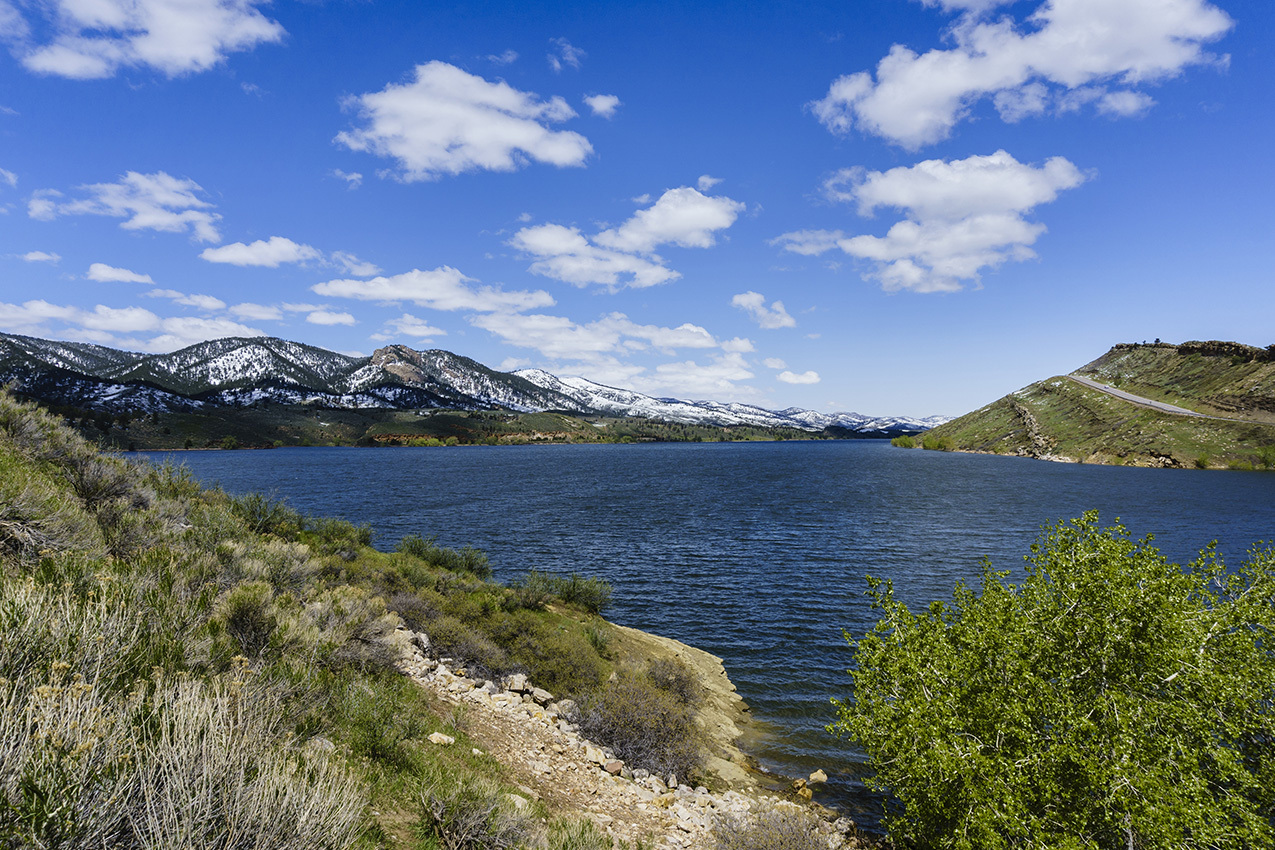Fort Collins,
Colorado
IN PARTNERSHIP WITH
Deals in Fort Collins, Colorado
DEALS IN Fort Collins, Colorado
The City of Fort Collins is the home rule municipality that is the county seat and the most populous municipality of Larimer County, Colorado, United States. The city population was 169,810 at the 2020 United States Census, an increase of +17.94% since the 2010 United States Census. Fort Collins is the principal city of the Fort Collins, CO Metropolitan Statistical Area and is a major city of the Front Range Urban Corridor. The city is the fourth most populous city in Colorado. Situated on the Cache La Poudre River along the Colorado Front Range, Fort Collins is located 56 mi (90 km) north of the Colorado State Capitol in Denver. Fort Collins is a midsize college city, home to Colorado State University and Front Range Community College's Larimer campus.
Find more things to do, itinerary ideas, updated news and events, and plan your perfect trip to Fort Collins

